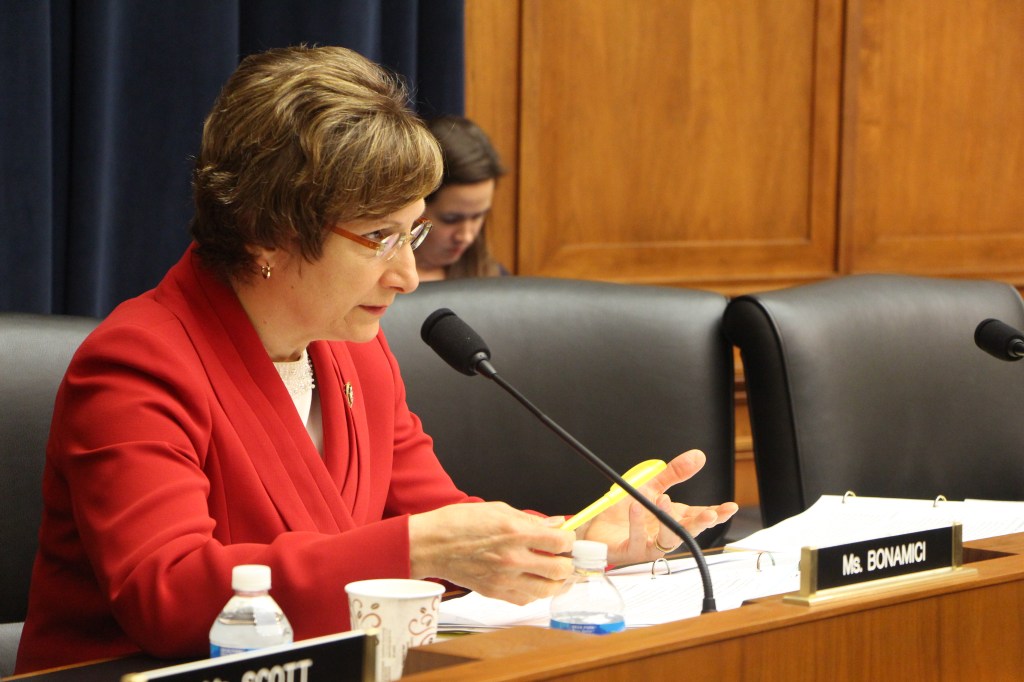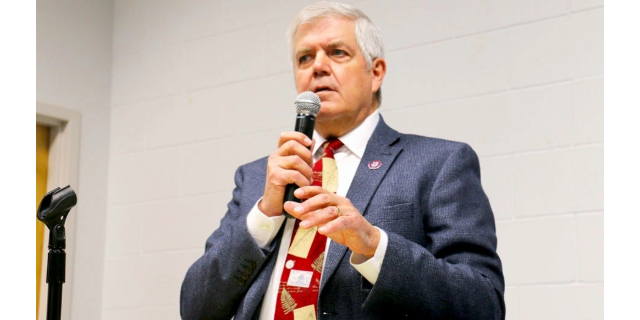Rep. Bonamici plans to take Beaverton fentanyl education nationwide
Published 9:17 am Tuesday, August 8, 2023

- U.S. Rep. Suzanne Bonamici
In response to Oregon’s surging fentanyl crisis, U.S. Rep. Suzanne Bonamici plans to bring new legislation to Congress to increase nationwide education about the dangers of fentanyl and counterfeit pills.
The First Congressional District representative was joined by other lawmakers, educators and community members during a discussion of the Beaverton School District’s fentanyl awareness program Friday, Aug. 4, at Tumwater Middle School in Cedar Mill.
Bonamici’s proposed bill, which she plans to introduce in September, will be based on the Beaverton School District’s “Fake and Fatal” program — a campaign educating students to prevent deaths from opioids and other counterfeit pills.
“These are complex issues that did not start overnight,” Bonamici said. “My bill will create a pilot program encouraging the partnerships that we need among state departments of education, school districts, public health agencies and nonprofit partners to raise awareness and develop prevention education programs.”
“Fake and Fatal” was started in 2021 following multiple Beaverton students dying from fentanyl poisoning during the 2020-21 school year. The program involves annual lessons in health classrooms for middle and high school students.
Cal Epstein, a graduate of Sunset High School, died from fentanyl poisoning after purchasing what he believed to be oxycontin pills. The 18-year-old was visiting home for winter break from the University of Hawaii.
Jennifer and John Epstein, Cal’s parents, attended the meeting Friday, sharing their son’s story and the impact of these education efforts. Following Cal’s death, the two partnered with the Beaverton School District to bring awareness to fentanyl and fake pills.
“All of us are extremely grateful for this prevention work and hopeful,” John Epstein said. “There’s no magic wand here, but protecting our children from these harms is a unifying issue.”
Since the adoption of “Fake and Fatal,” the school district has not seen any fentanyl-related deaths. Two Sunset High School students spoke during the panel about how the program has helped them, sharing what they learned and how it allows them to be “more aware.”
Oregon’s fentanyl crisis is only becoming more severe, according to Todd Korthuis, behavioral health and addictions medicine specialist with Oregon Health and Science University.
Korthuis cited recent data from the Centers for Disease Control and Prevention, which indicated a 14.5% increase in deaths from fentanyl poisoning over the past 12 months in Oregon.
Nationally, over 100,000 people died last year due to fentanyl poisoning, and fentanyl is the leading cause of death for Americans under 50, according to the United States Drug Enforcement Administration.
“The first thing to understand about fentanyl is that it really is worse and different than other drugs,” Korthuis said. “It’s 50 times more potent than heroin. It’s cheaper to purchase on the street. And due to a variety of characteristics, the drug is much worse than other drugs that we’ve been seeing in the past.”
In addition to being extremely fatal, Korthuis said fentanyl is a “gateway to opioid addiction for teenagers.” He added that the state has seen increases in people under the age of 20 needing drug treatment.
Other lawmakers weighed in on the issue, including Oregon Sen. Jeff Merkley, U.S. Rep. Andrea Salinas and U.S. Department of Health and Human Services Secretary Xavier Becerra.
Merkley discussed the national approaches to curb the fentanyl crisis, which involve work to stop the flow of fentanyl into the United States and increasing the distribution of naloxone: a spray that can reverse the effects of opioid overdoses, typically known by the brand name Narcan.
Education efforts like “Fake and Fatal” are crucial, according to Merkley, and he said Beaverton’s model is something that should be adopted nationwide.
“Let’s expand the understanding with what’s happening here; let’s use that model across the nation,” Merkley said. “If other models across the nation in education are working well for our kids, let’s learn from that.”
Becerra added that now is the time to overcome social stigmas that have hindered federal policy from moving forward.
“Tradition — ways of doing things — prevented us from seeing the world right in front of our eyes,” he said. “We want to go where the evidence is because, at the end of the day, we want to tell families that we’re trying to keep their kids alive.”
After the meeting, Bonamici talked about the current landscape of Oregon’s fentanyl crisis and the rising concerns in communities.
“We do need to treat drug use and addiction as a health issue, not a criminal justice issue,” she said. “We need more treatment opportunities for people. But importantly, we need more prevention as well.”
Bonamici said she is working to craft legislation that would provide grants for local school districts. Although there is no set dollar amount for what she will propose, she said she is “very encouraged” by the success that Beaverton has found.
“I’ll be working hard to get this over the finish line and hopeful for some bicameral support,” she said. “This is something where we should all be able to come together because, in fact, this program will save lives.”





